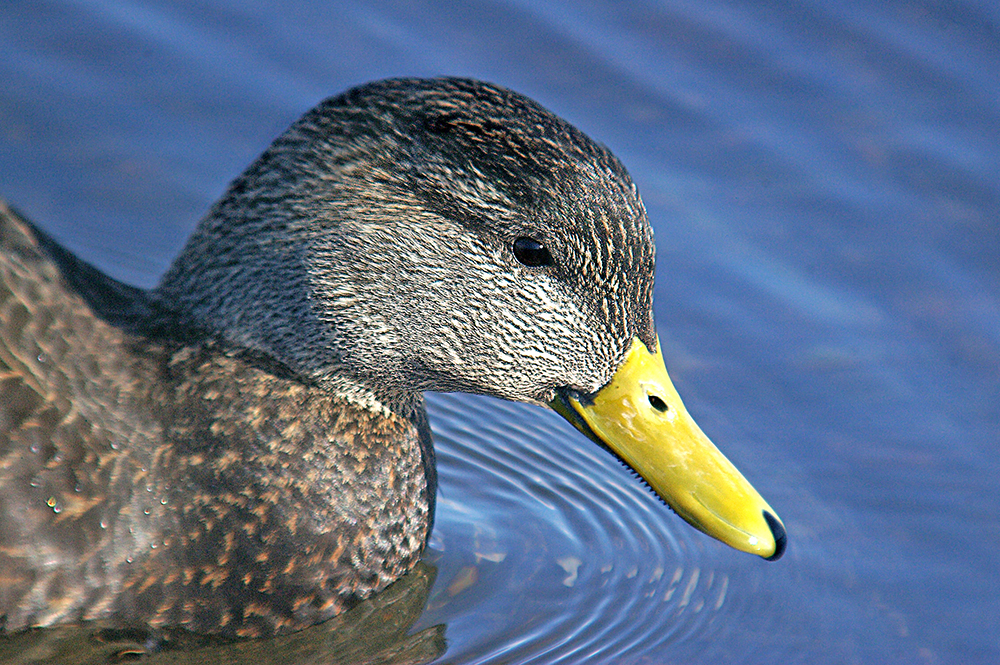Black Duck Decision Support Tool Helps Target Conservation Action
The American Black Duck was once the most abundant dabbling duck in eastern North America. Black duck populations began declining steadily in the 1950s and reached an all-time low by the 1980s, having lost more than half of their historical population. Populations have stabilized since then, although they are still below the objectives set by the North American Waterfowl Management Plan. The Atlantic Coast Joint Venture supports the majority of the wintering population of black ducks, where they are largely found in coastal salt marsh habitats.
Our goal is to provide enough high-quality non-breeding habitat to support one million black ducks. Achieving our objective will require that we restore or enhance ~400,000 acres of black duck habitat, while continuing to maintain the good habitat that we have. Our Black Duck Decision Support Tool (DST) helps to identify the exact number of acres to protect, restore or maintain at the small watershed scale. Through this tool, land managers can determine the best way to contribute to achieving black duck goals anywhere on the landscape.

